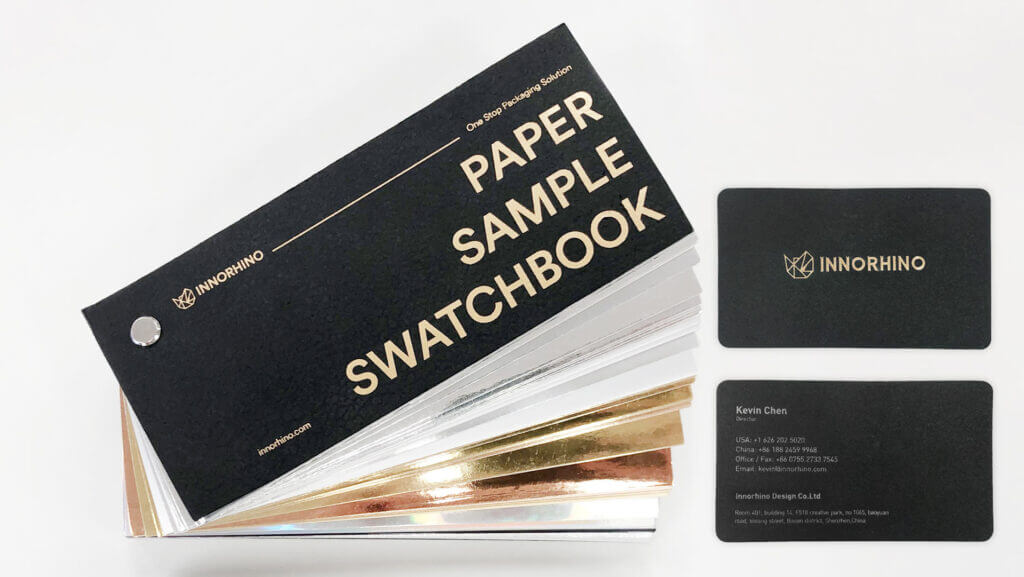Hey there! Ever heard of three-dimensional reconstruction in computer vision? It’s pretty cool, with applications in imaging perception and computer graphics. But here’s the thing: traditional methods have their limits, especially in scenarios with sparse viewpoints. That’s where PF-LRM (Pose-Free Large Reconstruction Model) comes in! It’s shaking things up by predicting camera poses and object shapes from minimally posed images. Curious to learn more about PF-LRM’s magic? Let’s dive into its methodology, experiments, and what the future holds!
Table of Contents
ToggleBackground and Objectives of the Research
- Three-dimensional reconstruction is a classic problem in computer vision, with broad applications ranging from imaging perception to computer graphics.
- Traditional and modern methods for 3D reconstruction often rely on images with calibrated camera poses as input. However, in many contexts (such as e-commerce, and consumer-captured scenarios), available viewpoints may be limited, with minimal overlap between perspectives.
- This study introduces a method called PF-LRM (Pose-Free Large Reconstruction Model), which can simultaneously predict camera poses and object shapes from a small set of poorly posed images without needing to know the camera poses in advance.
PF-LRM Methodology
- PF-LRM is a transformer-based model capable of exchanging information between three-dimensional objects and two-dimensional images.
- The model initially predicts a rough point cloud for each viewpoint, then uses a differentiable Perspective-n-Point (PnP) solver to obtain camera poses.
- This model, utilizing a single A100 GPU, reconstructs three-dimensional objects and estimates relative camera poses from a small number of poorly posed images in approximately 1.3 seconds.
- After training on a substantial amount of multi-view pose data (around one million objects), PF-LRM demonstrates robust cross-dataset generalization abilities.
Experiments and Applications
- On various unseen evaluation datasets, PF-LRM outperforms baseline methods in both pose prediction accuracy and 3D reconstruction quality.
- The model also demonstrates its potential applications in downstream text/image-to-3D tasks.
Conclusion and Future Work of PF-LRM
- This research establishes the efficiency and accuracy of PF-LRM in 3D reconstruction and camera pose estimation.
- Future work may involve expanding the model to handle background information, enhancing the resolution of 3D reconstruction, predicting camera intrinsic parameters, and exploring methods to reduce reliance on real camera poses during training.
This study represents a significant advancement in the field of 3D reconstruction and camera pose estimation, particularly in scenarios dealing with sparse viewpoints and limited visual overlap.
Partnering with experts who pioneer packaging with new tech
At INNORHINO, we have a team of experienced product specialists, designers, and in-house engineers who are dedicated to elevating your brand to the next level. We provide innovative packaging solutions that cater to your needs. Interested in collaborating with us? Send us an email at inquiry@innorhino.com!

This article is written by: Digital Enchantress – INNORHINO Design Team
Image source: INNORHINO, Bing Image Creator
—
#PFLRM #posefreelargereconstructionmodel #AI #AItool #newtechtrend
Check our blog post for more packaging insights, ideas & inspirations! ![]()








